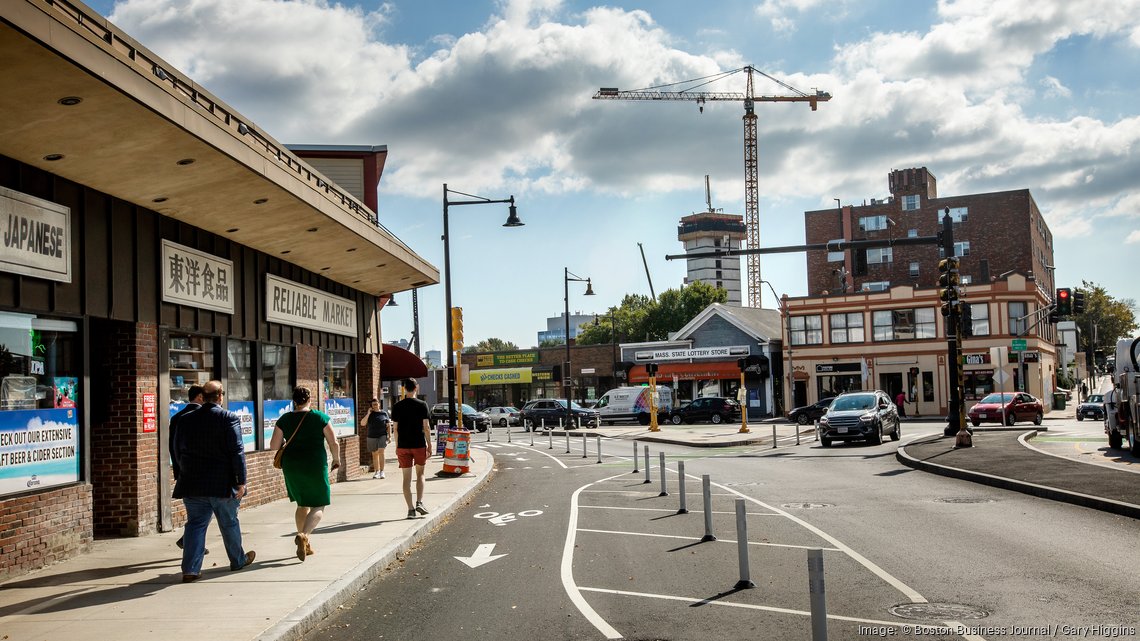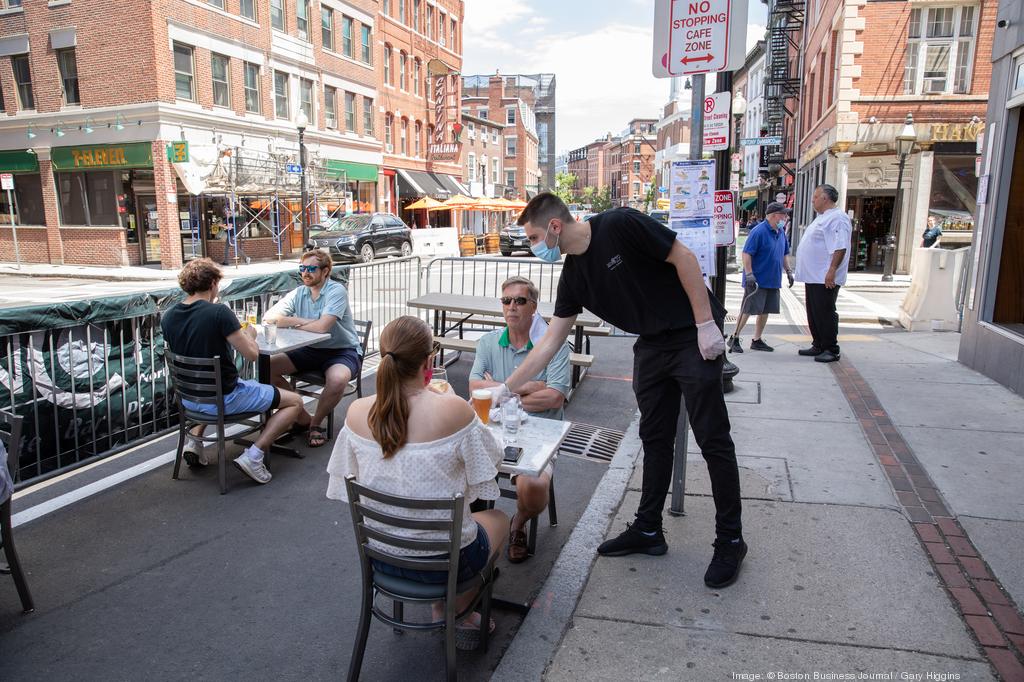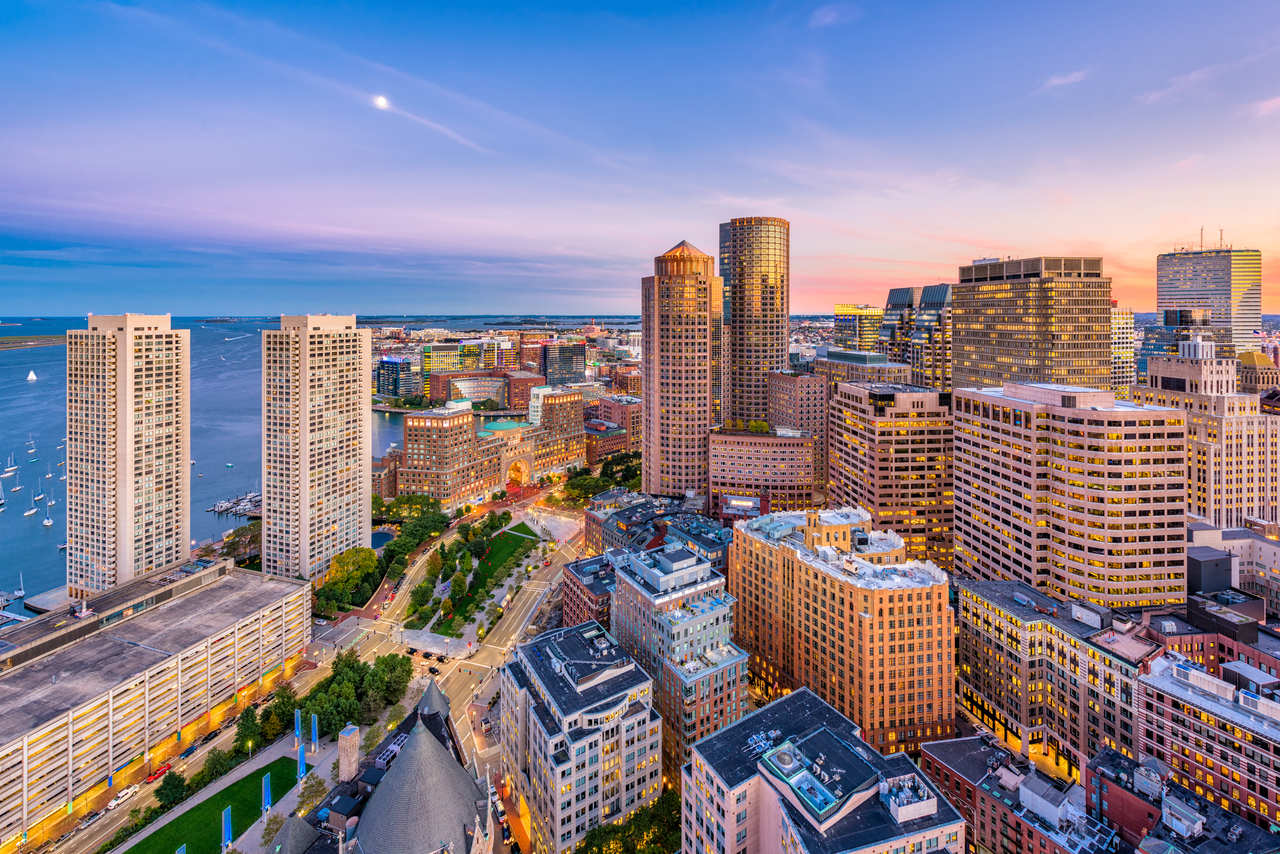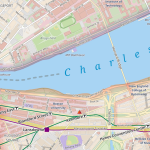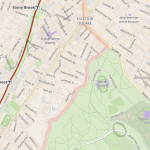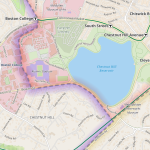Commentary | Wu’s plan doesn’t fix the real cause of the housing crisis: NIMBYs
“The reason that abolishing the BRA is so difficult was left between the lines in the speech: Blowing up the development agency will not solve the problems that are causing the city’s housing crisis. One of the few concrete goals Wu laid out in the address was getting Boston’s population back up to 800,000 residents. Accommodating those new Bostonians would likely require a 20 percent increase in the number of housing units in the city, meaning about 55,000 new ones being built, which would bring Boston’s total number of housing units to almost 300,000.
Wu has long pointed to the BRA as the reason for Boston’s housing crisis, but the agency is not an impediment to construction in the city. Responsibility instead lies with the city’s many NIMBY — Not In My Backyard — residents who dominate Boston’s neighborhood groups, civic associations, and community development processes. They are responsible for tens, or even hundreds of thousands of missing units in the city, and the resulting lack of supply keeps relentlessly pushing up the costs of renting and buying.
The coverage of the fight to build an apartment building at the Shawmut T station shows how the city continues to miss out on adding housing units. The developer acquired the property in 2016 and proposed 100 units. Over the last six years, that number has been lowered and it now stands at 79. Neighbors who oppose the project want just 27.
The residents at Shawmut are exercising the same privilege that their peers have used in contesting hundreds of projects over the last several decades. In Boston and across Massachusetts, objectors are allowed to delay, even derail, housing developments that need to be built to meet the demand for housing that is causing our housing crisis.
Yet, how to deal with the Shawmut neighbors and their peers was not addressed in Wu’s State of the City speech.
Changing processes, renaming agencies, and moving staff around a reporting chart will not solve the central issue that Boston and Massachusetts faces: Not enough housing has been built in the city and the region over the last several decades. Greater Boston is hundreds of thousands of housing units short, and the last large-scale housing developments in Boston were constructed by the agency that Wu is now aiming to dismantle: the Boston Redevelopment Authority, which today is known as the Boston Planning and Development Authority.
Until Mayor Wu is honest with the public that more housing needs to be built, whether or not a few Bostonians think that more units will not fit with their neighborhood’s character or that they will cast shadows on their yard, no amount of blue ribbon commissions or well-attended speeches can fix the housing crisis.”
https://www.dotnews.com/2023/wu-s-plan-doesn-t-fix-real-cause-housing-crisis-nimbys



